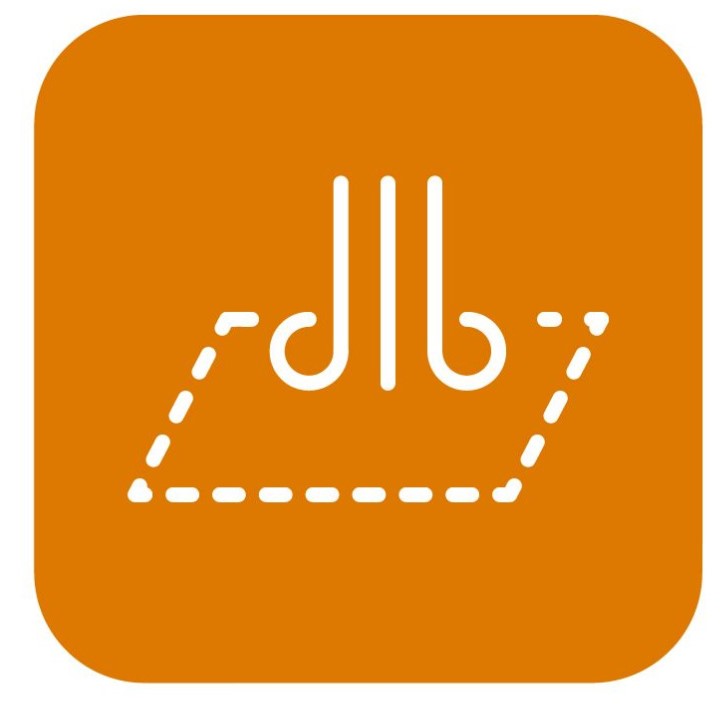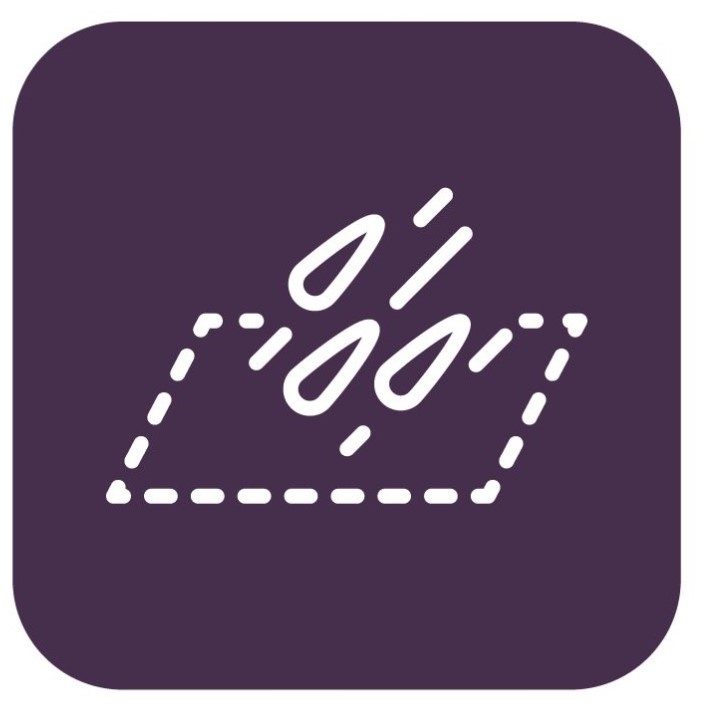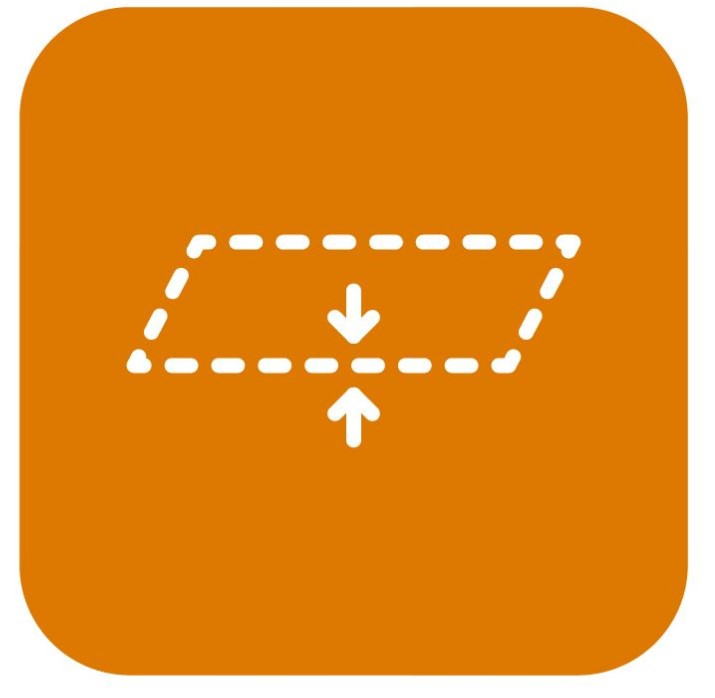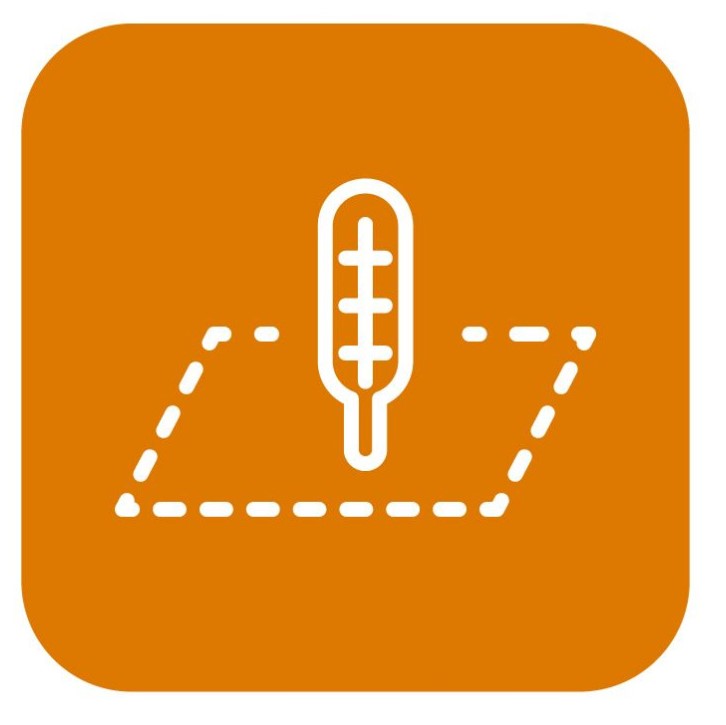Applications
- Home
- Applications

DEGASSING
Degassing refers to the process of removing or reducing dissolved gases, volatile organic compounds (VOCs), or other undesirable substances from liquids, solids, or confined spaces. It is commonly used in various industries and applications to improve product quality, safety, and performance. Perforations are specialized openings or holes created in materials to facilitate the release of gases or volatile compounds. These perforations are strategically designed to allow the controlled escape of gases from confined spaces or materials where the accumulation of gases can be problematic. Degassing perforations are used in a range of industries to improve safety, quality, and performance.

AESTHETICS / LIGHT DIFFUSION
Perforation aesthetics refer to the use of carefully designed patterns of openings or holes in materials to achieve visual appeal, artistic expression, and unique design effects. Perforated materials with artistic or decorative perforation patterns are used in architecture, interior design, fashion, and various other applications to create visually striking and aesthetically pleasing effects.

ACOUSTICS
Perforation acoustics refers to the use of perforated materials to influence and control sound waves by altering their propagation, absorption, and reflection characteristics. Perforated acoustic panels, surfaces, and structures are strategically designed to manage sound in various environments, achieving desired acoustic effects and improving the overall auditory experience.

FILTRATION
Perforated materials are used in filters to allow the passage of fluids or gases while retaining particles, making them suitable for applications in water treatment, air filtration, and more.

SAFETY AND SECURITY
Perforated panels in fencing and barriers offer a combination of visibility and security, allowing people to see through while restricting access. Perforations are also commonly used in tamper proof applications.

MOISTURE AND DRAINAGE MANAGEMENT
Perforations on roofing membranes and building wraps enable moisture vapor to escape, preventing condensation, mold growth, and damage to structures. Perforated materials are used in landscaping and drainage systems to allow excess water to flow through and prevent waterlogging.

BREATHABILITY
Perforation breathability refers to the ability of a material to allow air, moisture vapor, and gases to pass through it via controlled openings or perforations. This characteristic is essential in various applications where maintaining proper airflow and preventing moisture buildup are important. Perforated materials are designed to strike a balance between providing adequate breathability and maintaining their intended functionality.

TEXTURING
Perforation texturing is a technique that involves creating intentional patterns of holes or openings in materials to achieve unique surface textures, visual effects, and tactile experiences. This process adds depth, dimension, and visual interest to materials by altering their surface through the strategic arrangement of perforations. Perforation texturing is used in various industries to enhance aesthetics, functionality, and the overall sensory experience. Texturing can also include the use of Braille for those who are visually impaired.

EASY OPEN
Easy open perforation refers to a specific type of perforation pattern designed to facilitate the opening of packaging materials, typically used for food, beverages, or consumer products. This pattern allows for easy tearing or opening of the packaging, providing convenience to consumers while maintaining the integrity of the product until it is ready to be used. Easy open perforations are carefully designed patterns of small, strategically placed perforations that weaken the material along specific lines. These lines of weakness make it easier for consumers to tear open the packaging without the need for additional tools or excessive force. The perforation pattern is designed to balance ease of opening with the need to maintain the product's freshness and security.

HEAT DISSAPATION
Heat dissipation perforation refers to the use of carefully designed patterns of holes or openings in materials to enhance the thermal management of components, devices, or structures by facilitating the transfer of heat from one area to another. This method is employed to prevent overheating, maintain optimal operating temperatures, and extend the lifespan of various products.

MOBILITY AND FLEXIBILITY
Perforated hinges in foldable materials, like cardboard furniture or folding screens, enable flexibility and movement while maintaining structural integrity.


